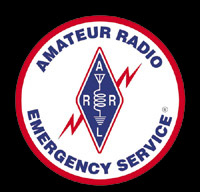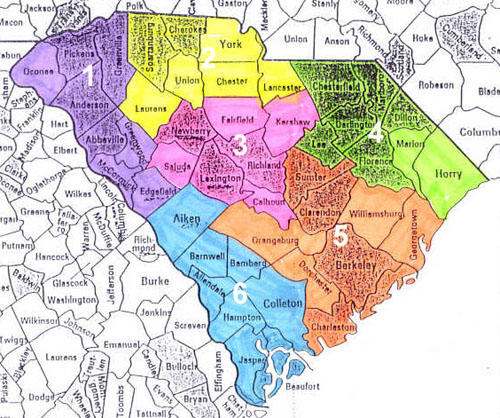
ARRL SC Section Manager (SM)
Marc Tarplee, N4UFP - E-mail: n4ufp@arrl.org
ARRL SC Section Emergency Coordinator (SEC)
Billy Irwin, K9OH - E-mail: k9oh@arrl.net

 |
ARRL SC Section Manager (SM) Marc Tarplee, N4UFP - E-mail: n4ufp@arrl.org ARRL SC Section Emergency Coordinator (SEC) Billy Irwin, K9OH - E-mail: k9oh@arrl.net |
 |

A DISASTER PLAN for THOSE WHO NEED IT MOST.
|
|